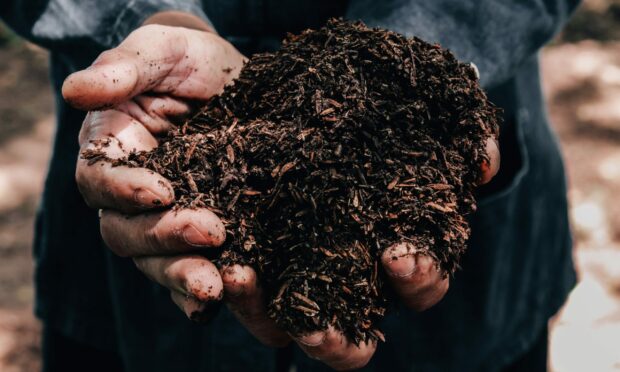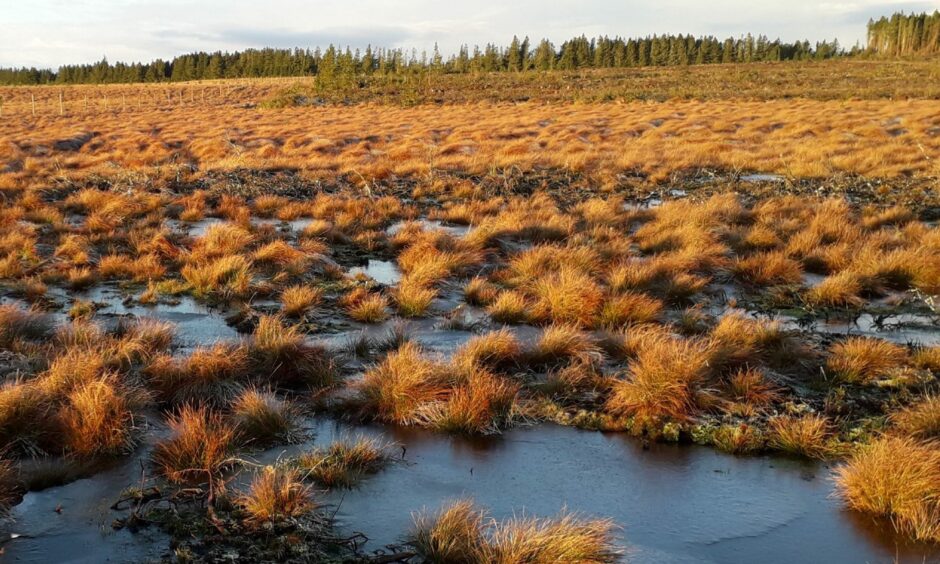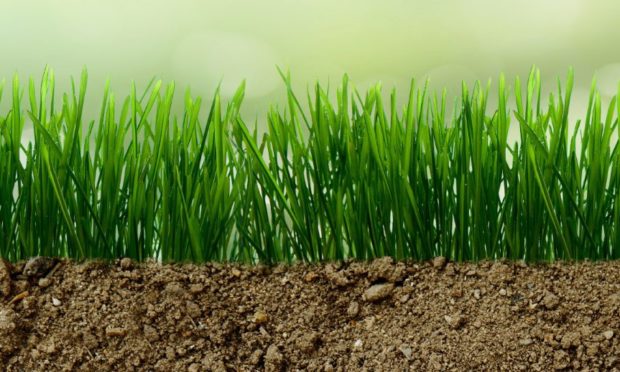Given the ongoing climate emergency and biodiversity crisis, managing our soils sustainably has never been more important.
To reflect this, the World Congress of Soil Science was held this week in Glasgow and attracted more than 3,000 soil scientists from across the globe.
Soil has a huge role to play in mitigating against climate change and contains a vast reservoir of biodiversity. And how we manage soils will also be crucial in managing flood risk in the future.
For example, healthy peatlands lock up carbon while absorbing and storing more. They can also act as giant sponges, holding back water during periods of high rainfall.
However, more than 70% of Scotland’s 2 million hectares (4.94m acres) of peatlands are currently in an unhealthy condition.
Restoring these degraded peatlands by re-vegetating bare areas and peat hags and blocking ditches to re-wet the peat stops the processes causing damaging greenhouse gas emissions.
Peatland restoration also slows down water flowing off the hill and improves water quality by reducing the amount of sediment in our watercourses.
And once peatlands start to function as proper wetlands again, there are major nature conservation benefits for the wide range of plants and animals relying on them.
Myself and my team at Kirkton & Auchtertyre hosted two visits to the farms by delegates attending the meeting in Glasgow.
We are a LEAF (Linking Environment & Farming) Innovation Centre and on the last day of the conference – together with colleagues from LEAF – we gave the Deputy Minister of the Chinese Ministry of Agriculture & Rural Affairs and some of his officials a tour of the farms.
They were particularly keen to hear about carbon management in the uplands. And so naturally we highlighted the peatland restoration work that we conducted three and four years ago.
But we also emphasised the importance of regular soil sampling in our inbye fields and ensuring that the pH and soil nutrient status were conducive to good grass growth and an increase in soil organic matter.
We also discussed with them how we have integrated more trees and woodland onto the farms over the past 20 years and the additional benefits to our livestock – in terms of increasing shelter and shade – of doing so.
They were also very interested in our use of sensor technology, not just to aid on-farm decision making with regard to livestock health and performance but also to help track whether some of the land use changes we have already made – such as seeking to hold water back through planting one of our upland glens – are having the desired effects.
The following day, we also hosted – together with two soil scientist colleagues from SRUC Edinburgh – a visit by delegates on the first leg of their four-day post Congress tour of northern Scotland.
The tour was led by colleagues from NatureScot and included delegates from Australia, USA and a wide variety of European countries.
They were particularly keen to hear and see for themselves how our soils contribute to the challenges, and opportunities, facing livestock farming in the uplands of Scotland.
Our discussions with them around two soil pits – illustrating the differences between our inbye fields and the majority of our upland grazing resource – hopefully helped set the context for the rest of their tour.
Over one third of the world’s land area consists of rangelands where pastoralists graze their animals on natural or semi-natural habitats.
The interest shown by all these international visitors in the research we are conducting on the farms serves to highlight that what we are doing – and why – continues to have global relevance.
Davy McCracken is professor of agricultural ecology and head of SRUC’s Hill and Mountain Research Centre at Crianlarich.


